Rebecca Keevil
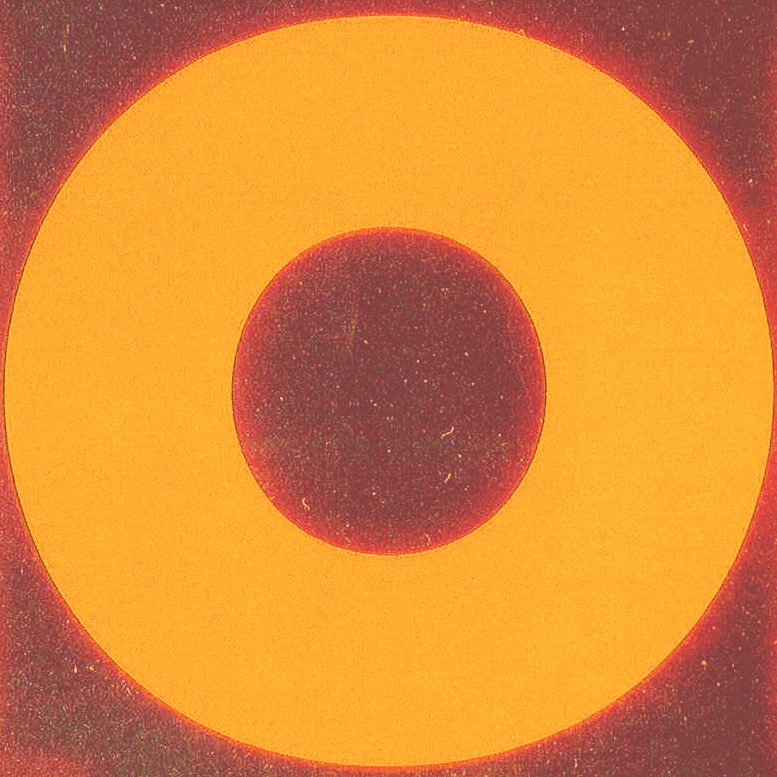
“I have a deep love for high quality TIFF files and properly classified archive tags.”
Rebecca Keevil is an archivist, graphic designer, and appreciator of mid-century modern print design. Her work focuses on finding, isolating, enhancing, and preserving textures, design, and colour in places where you wouldn't expect to find them, like archival union cattleman directories, garden association newsletters, or physiotherapy manuals.
“I spend most of my time digging through digital repositories looking for high resolution scans of historical periodicals, audits, and annual reviews -- where paper texture and imperfections are preserved. These mass-produced objects were ubiquitously accessible to their intended audiences at the time of creation. What I seek to do is expand their audience through focusing on the beauty of the design elements. I am drawn to designs that boldly speak to a minimalist aesthetic, that allow the viewer to have a greater appreciation and attention to small details.”
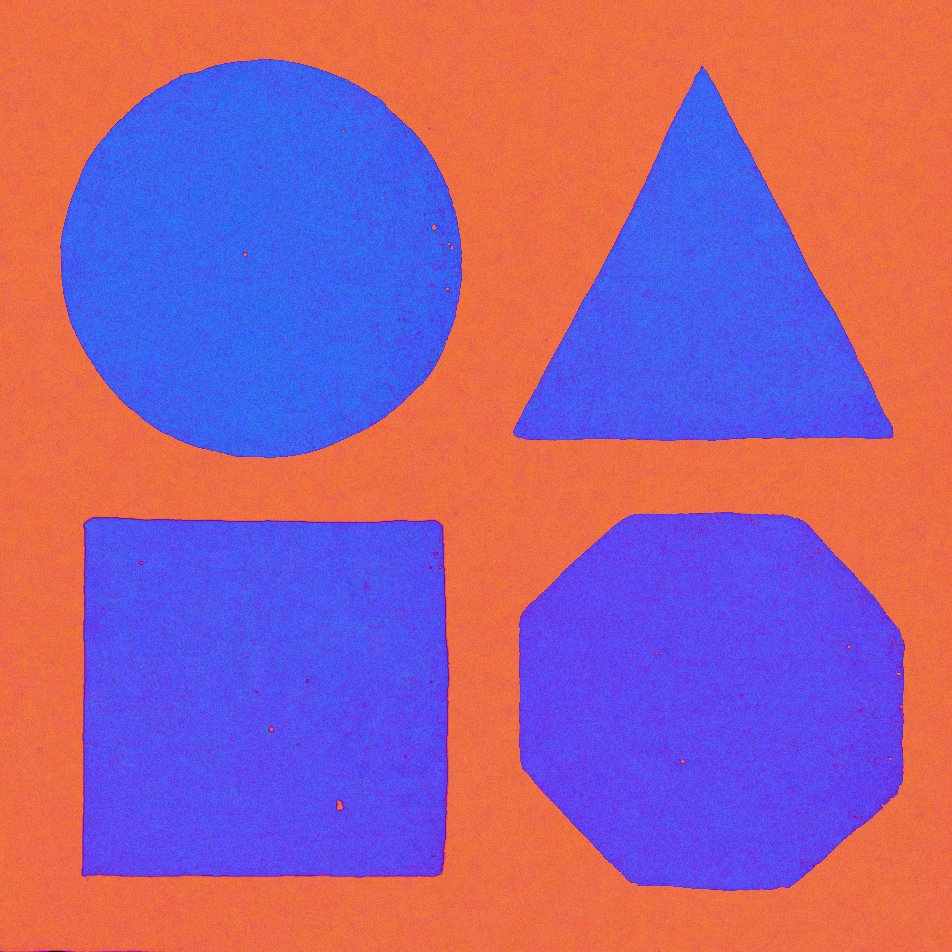
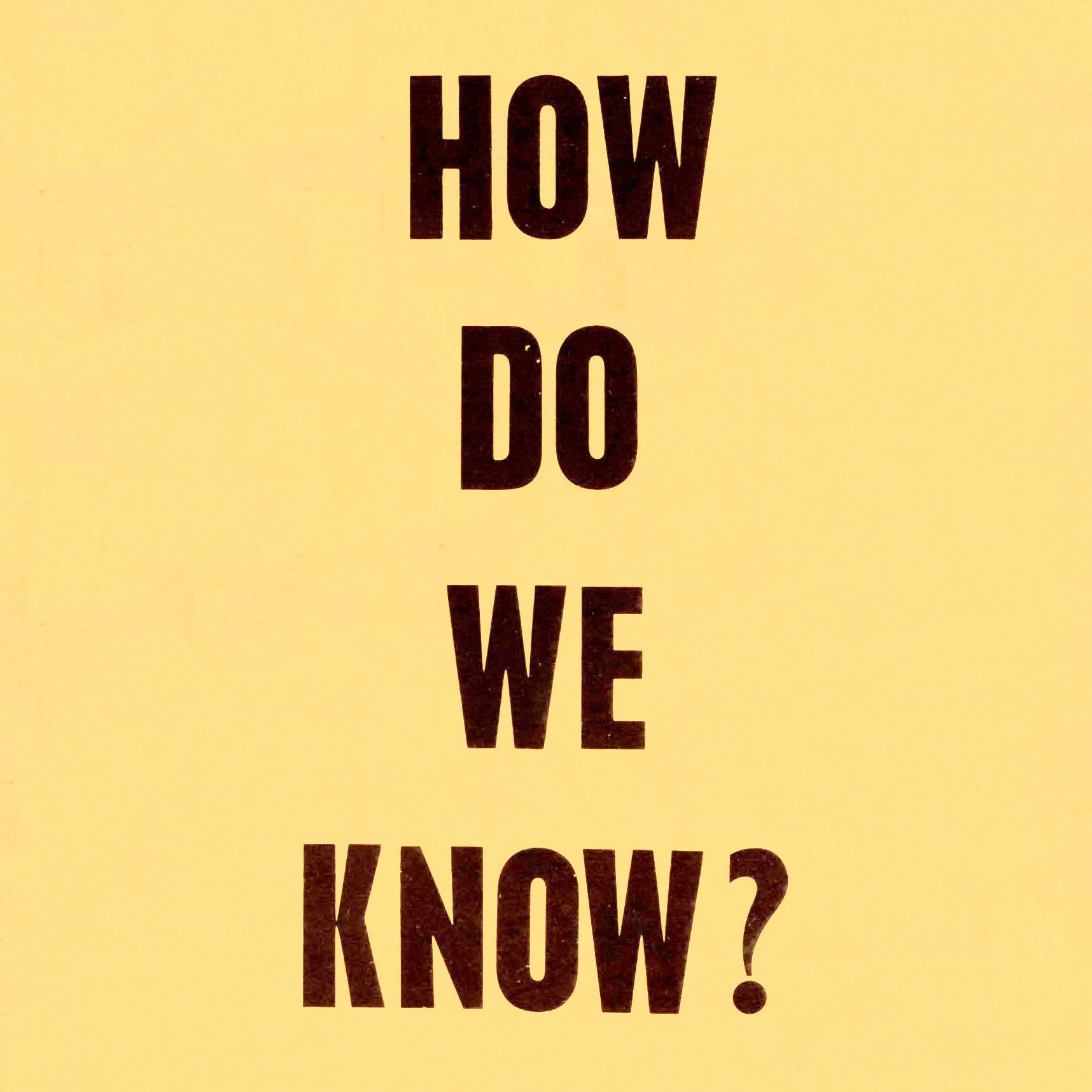
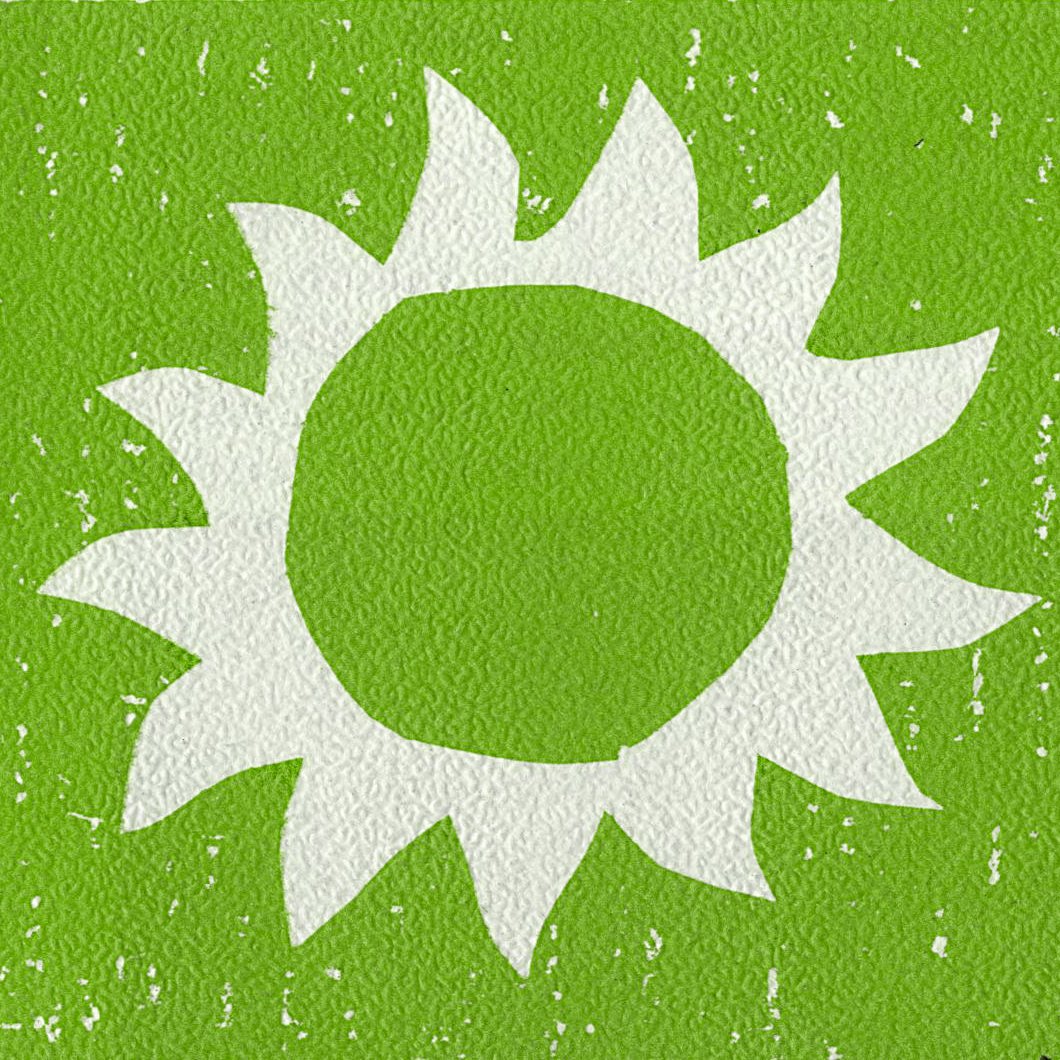

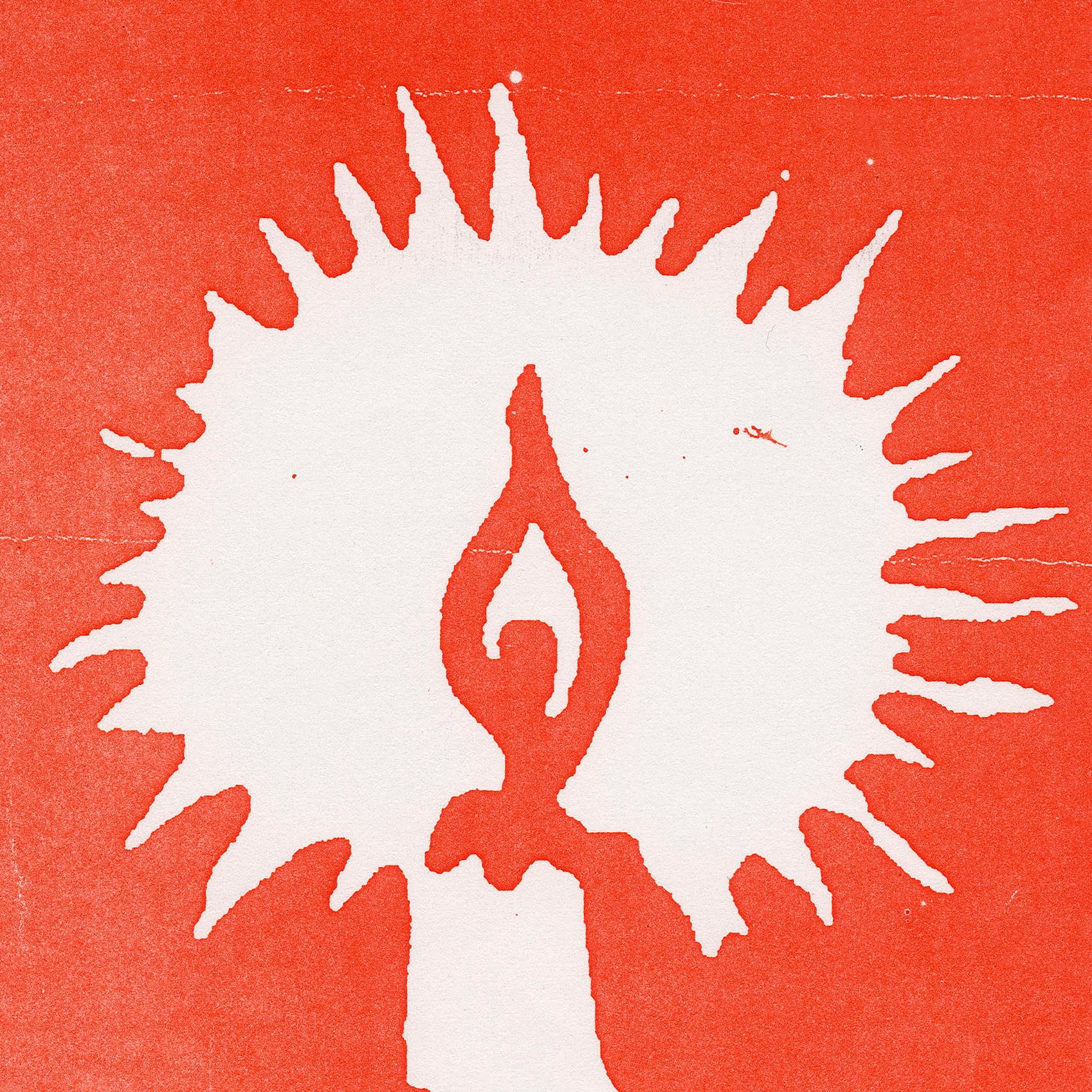

An Interview with Rebecca Keevil
“My goal is to draw the materiality back into these digitized artifacts through focusing on the elements of their now-disappeared physical form.'“
Ciara: What first got you into this style of art/what made you gravitate towards it?
Rebecca: I only started making this kind of art recently -- within the last three months. However, I've always had an appreciation for print design from the 50s, 60s, and 70s, particularly old text books and how-to manuals. I've also always had an obsession with paper texture and specifically how it looks on screen. When I wanted to be a graphic designer after I graduated from Concordia I spent a lot of time trying to create old construction paper textures for my designs. But I realized that it was really hard to emulate and so would use scans of actual paper instead, and blend them accordingly. I like digital copies of old things that might otherwise be lost to time.
Ciara: What does repurposing old images from archives mean to you? How does the piece’s meaning change throughout your process?
Rebecca: I think the repurposing means, to me, that I get to preserve design and maybe even enhance it. So many of the objects that I find are niche and, at the time of production, had a very limited and specific target audience. For example, one of my favourite periodicals, The Florida Cattleman and Livestock Journal... This newsletter was really only intended for cattlemen in Florida, and the businesses that would try to sell to them, maybe students at the state agricultural school. But the graphic design in these publications is just phenomenal. I want people to see it, and see it removed from the economic context it was created in. I change the images that I find, and a lot of the time this changing equates to isolating and removing the trade or technical context.
Ciara: What type of images are you drawn to?
Rebecca: I am drawn to simple minimalist images, I think. I really like photos and drawings of animals, as well as diagrams of human body parts. As I said above, I'm obsessed with paper texture... I have folders and folders of scans of different coloured paper. The grainier and wrinklier, the better.
Ciara: I love your idea of “making nice things even nicer” and the process of repurposing pictures creating a sort of transitory space. What work goes into recreating each piece?
Rebecca: Most of the work I do with each found image happens on the computer -- I use the free software GIMP which is basically a Photoshop rip. Sometimes I cut and paste and arrange in real life and use my sexy corporate work scanner to get high quality scans. I'd say 90% of the pieces I create are sourced from online archives and repositories. The other 10%, I'll find manuals and old publications or diagrams at second-hand stores or on Etsy, then scan these in so I can manipulate them on GIMP. The "making nice things even nicer" part... I think when I say that I'm referring to what I spoke about above, basically removing the image from its original context (a context that usually stems from trade, economics, industry... sectors you wouldn't necessarily assume you would find "good design").
Ciara: Do you have a favourite source for finding art? Or the strangest place you’ve taken a picture from?
Rebecca: My favourite source is the City of Vancouver archives... simply because of the scan quality. The images and scans they put on their digital repository... My computer almost breaks trying to open them because the file sizes are so massive. I love that. Wonderful information preservation standards. I also have had a lot of success in the Digital Library of Georgia. Not only are their scans really good quality, there is a plethora of good designs in their state government documents. Maybe their Department of Public Health had a really invested graphic designer. Or, I like to imagine, an artistically-inclined desk worker who used these yearly reports as an excuse to showcase their design capabilities. The strangest place I've taken an image from is probably finding an old record club flyer tucked inside a sewing manual in a Value Village.
Ciara: What are your biggest inspirations?
Rebecca: My biggest inspiration is probably... Micah Lexier, a Toronto-based artist who specializes in found objects, text, and sequence/numbered objects. I also really admire Vancouver-based artist Roberta Stuart. She really inspires me to see the value of artistic expression in any form.